Educational resources
Here you can find in-depth analyses of academic papers on different topics and GRMR Public Relations educational materials regarding refugees and refugee-related issues. The papers are broken down into key questions, with the full papers linked, to help increase your awareness and understanding of important issues. The educational graphics allow you to click through to learn more. Included are some additional resources.
Check out this page for introductory information about the global refugee crisis.
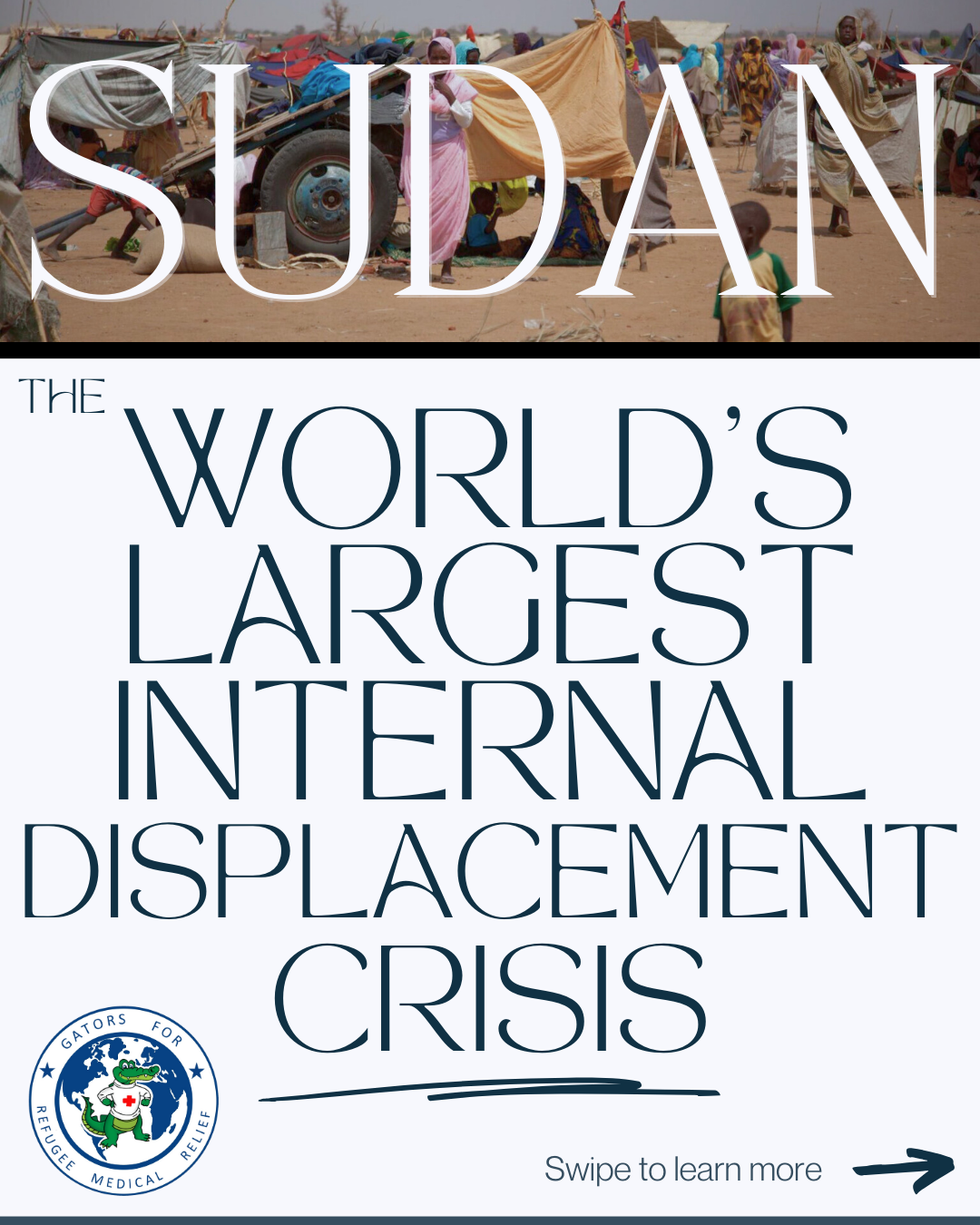
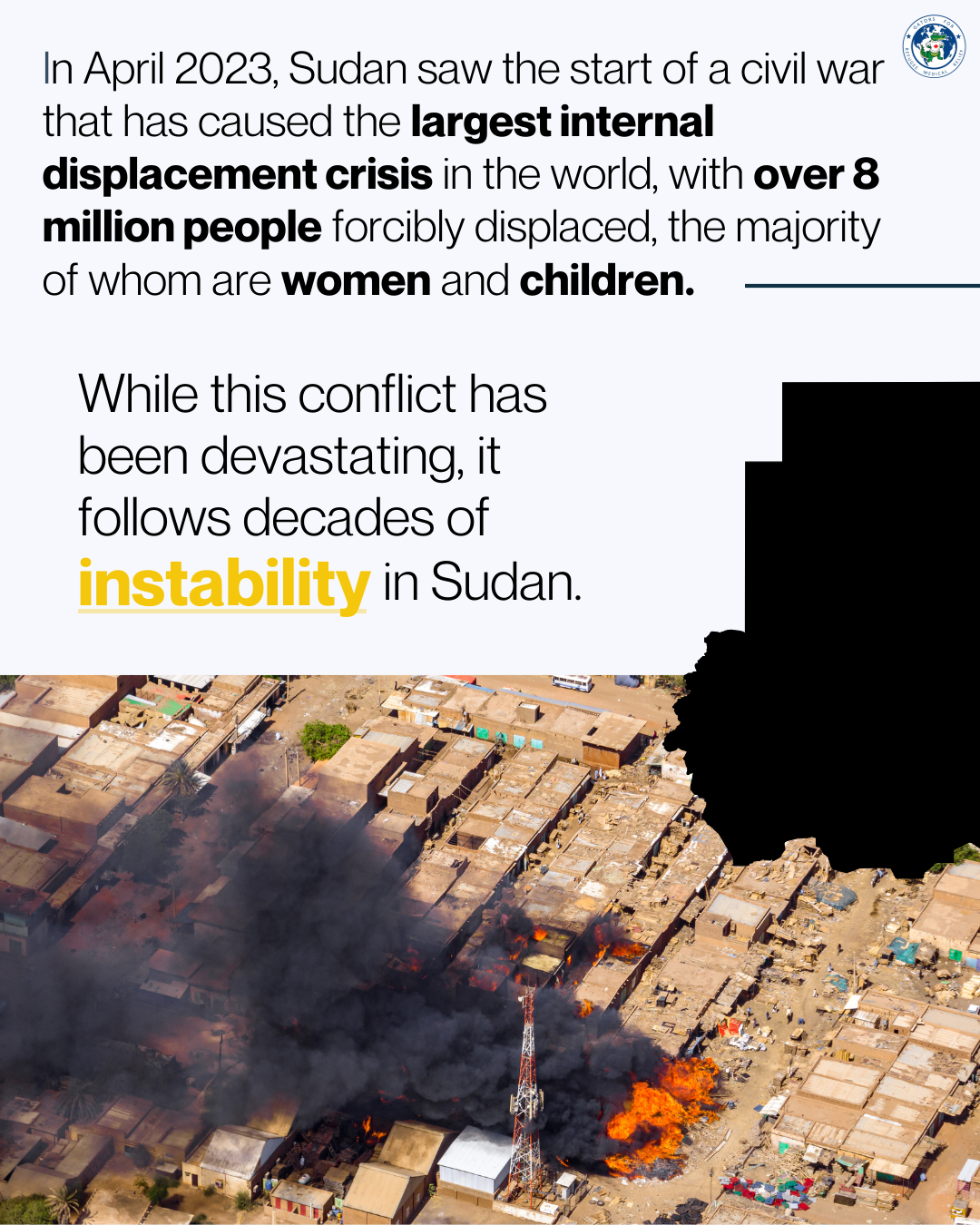
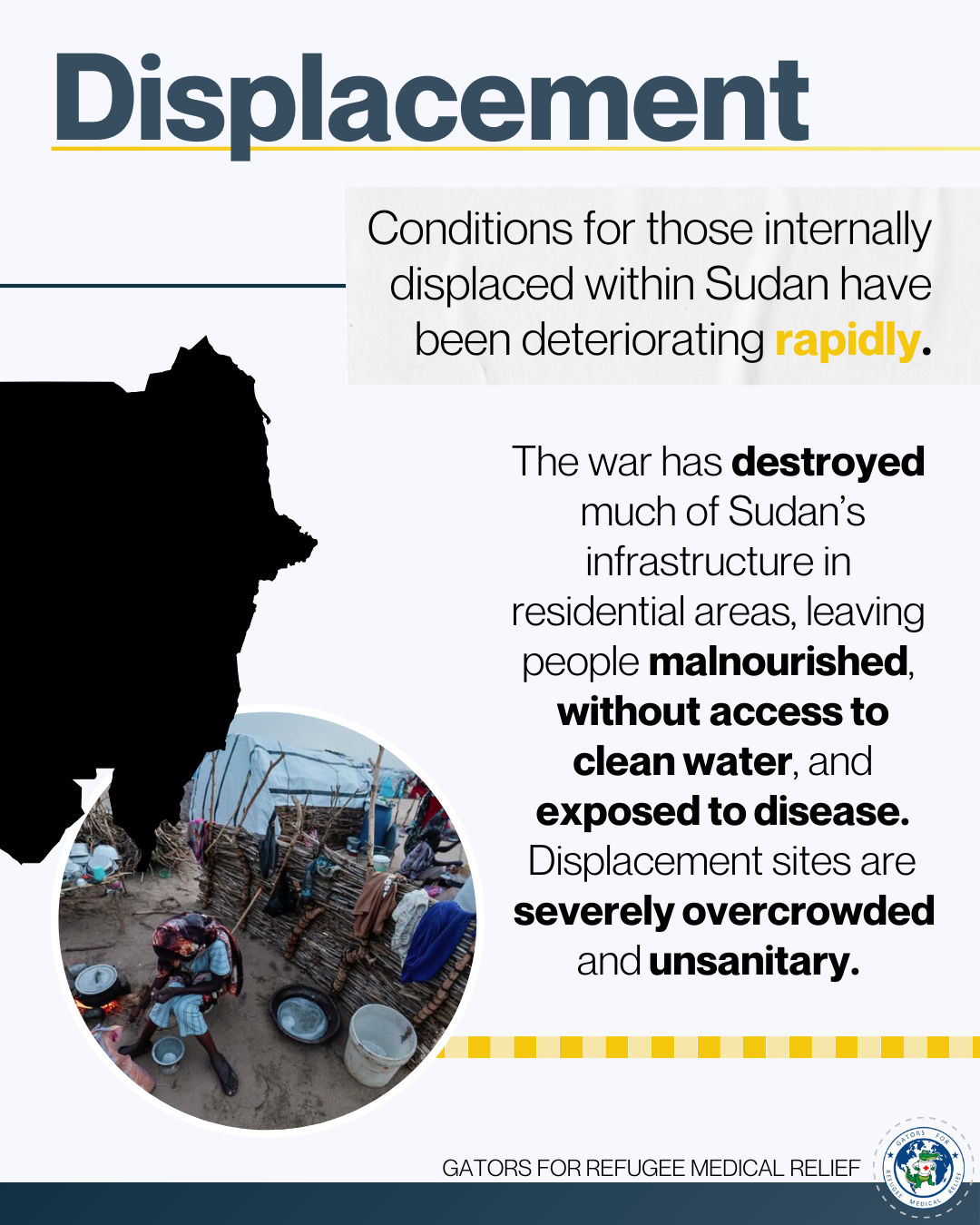
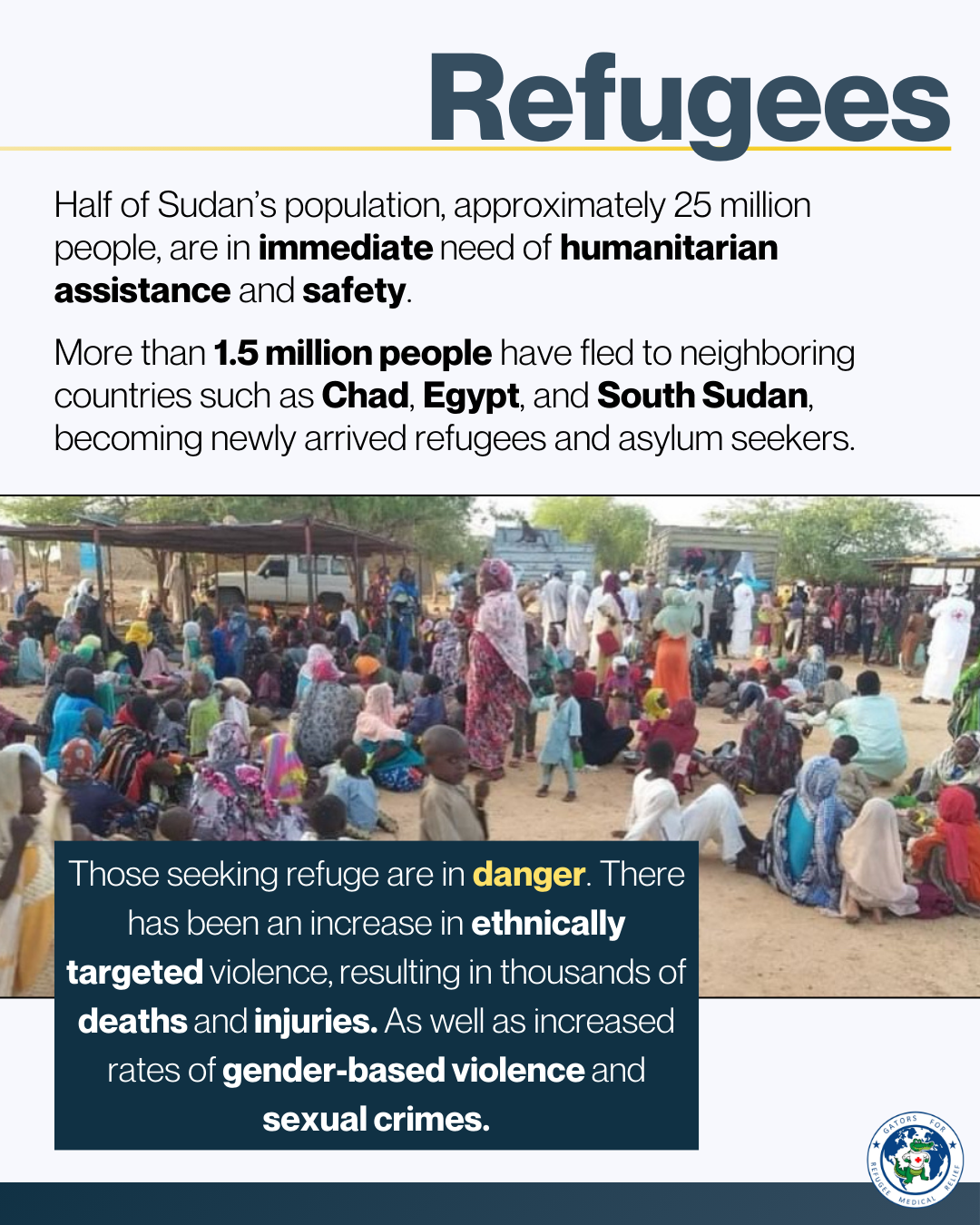
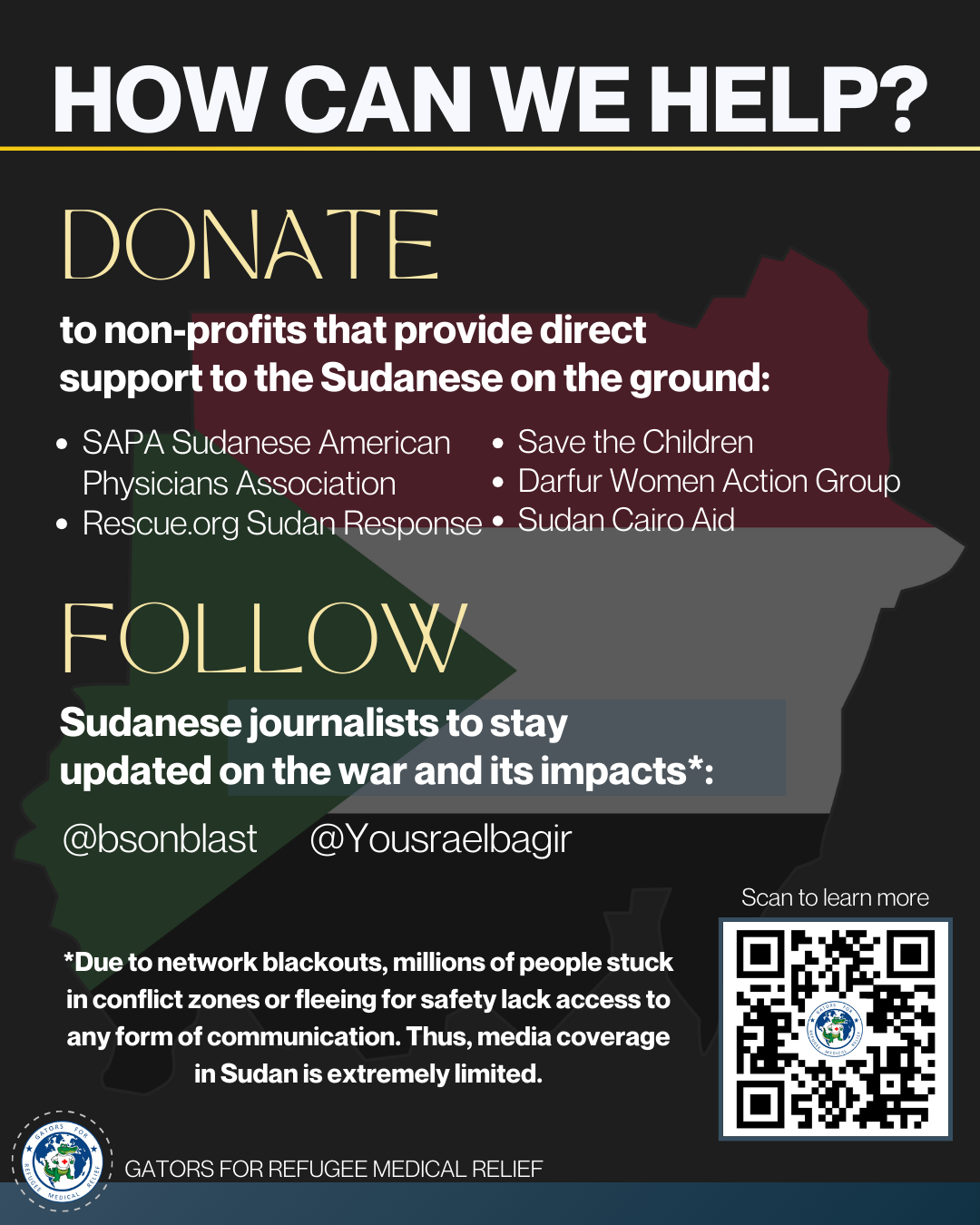
Learn more about…
Rohingya
Syria
Afghanistan
Iraq
Palestine
Climate Change
Somalia
South Sudan
Eritrea
World Hunger
“We Refugees” by Giorgio Agamben
https://drive.google.com/file/d/13uuJf0bvRP1FelhpRNQSExaoDUD0aX1s/view?usp=sharing
Q: What, according to Agamben, is the defining characteristic of the legal-political status of the refugee? Why are refugees what he calls a “disquieting element” in the nation-state?
A: The defining characteristic of the legal-political status of a refugee is the existence of the nation-state: to be a refugee is to not be recognized as a citizen of a specific nation-state. The nation-state transfers human rights into citizen rights; therefore, it takes away the humanity from individuals and examines people as citizens qualified for rights or noncitizen unprotected from rights.
Agamben mentions how the refugee is disquieting to the nation-state because refugees threaten the foundations of the nation-state that are supposed to guarantee and protect rights. However, when one is a refugee, one is left unprotected from the “rights of man” and is left stranded between the identity of a native and a national. By not being a citizen, a refugee is excluded from any political participation and is deprived of many fundamental rights; in a sense, a refugee is reduced to a bare life lacking recognition and substance.
“The Beleaguered Gatekeeper” by
Michael Kagan
https://drive.google.com/file/d/1Vb3z4U8qAFvMFa6AYXjhkW4GTxgCefz_/view?usp=sharing
Q: What is “Refugee Status Determination” (RSD) and what does it typically consist of? What is the fundamental contradiction in the work that the UNHCR does with Refugee Status determination?
A: Refugee status determination (RSD) is the doorway to the protection and assistance that the international community provides to refugees: it is the process in which the UNHCR processes applicants for refugee status and decides who is saved from deportation/detention, who gets humanitarian assistance, and who can resettle.
UNHCR in the Middle East (like Egypt and Lebanon) had assumed full responsibility for RSD: Kagan claims this is because the government has failed to do so. The contradiction in the UNHCR work is that protections of refugees are mainly determined by the state or government, especially with resettlement or non-refoulement. However, in spite of this, the UNHCR continues to process hundreds of thousands of refugee/asylum-seeking applicants even though the UNHCR protection is limited. For example, the UNHCR continued to perform RSD despite the Lebanese government deporting refugees throughout the years 2001 and 2002.
Egypt, for instance, ratified the Refugee Convention which said governments have to be directly responsible for refugee protection but they never applied this since the UNHCR RSD work continues. From 1999 to 2002, where there was a huge increase in refugee applications, the Egyptian UNHCR suffered a great budget strain and was unable to provide protections for refugees such as direct assistance, which is dangerous and leaves refugees susceptible to poverty when resettled. Another thing to consider is how the UNHCR hasn’t implemented procedural standards to match what they advocate for governments. Therefore, there is a huge gap and contradiction between the UNHCR mainly performing RSD but still not abiding by procedural standards, especially since they offer limited refugee protection.
“Welcome to Britain: The Cultural Politics of Asylum” by Imogen Tyler
https://drive.google.com/file/d/1qL68N1NdY9I9UGaf29HRQam83qA5qWkf/view?usp=sharing
Q: What is notable about the term “asylum seeker”? How are asylum seekers “represented” in public discourse? How do agencies attempt to enlist “empathy” for asylum seekers and what are some of the problems with these representations?
A: Asylum seeker means non-refugee: a non-status person, somebody who is pending recognition. They are in a state of suspension outside the constituting condition of the rule of law. The law protecting people and humans disappears when it comes into contact with an asylum seeker.
Asylum seekers are represented as illegal beings: threats to national belonging. In the public they are discussed as burdens and threats. They are dehumanized and represented as urgent burdens; for example, the Sun nationalizes British readers by telling them asylum seekers are the biggest crisis facing "your" country today. There are also many hate incidences against asylum seekers such as vandalism, hate speech, and physical violence.
Humanitarian organizations seek recognition for the asylum seeker as a non-hated figure. Humanitarian discourse seeks to represent the asylum seeker face as human: "they're just like us". These tactics are supposed to help people identify and empathize with asylum seekers. However, this cultural fantasy of benevolence takes away agency from asylum seekers themselves and prevents them from speaking out. In this way humanitarian discourse silences asylum seekers by assuming that their identity is shared, "we are all the same", when in reality, we are not, and we are not being treated the same.
Humanitarian discourse doesn't question the law and the terms/language that are belong used to identify asylum seekers. It fights for the right for asylum but doesn't criticize how the concept of an asylum seeker itself is problematic and has erased an entire population from view. In other terms, humanitarian discourse does not evaluate the dangers of borders from the first place
“In Search of Sanctuary: Border Closures, ‘Safe’ Zones and Refugee Protection” by Katy Long
https://drive.google.com/file/d/1VUy9DF9cxwQm0A56hCjeZYhEURjm4kke/view?usp=sharing
Q: What is the “concept of a “safe zone” and how does it function in refugee management? What are its limitations?
A: A safe zone is an alternative safety measure to asylum that offers refugees a space protected by international organizations, whether it is in a third country or in the refugee country of origin. Safe zones may offer minimal security and preserve life through humanitarian relief but they cannot offer the full protections of refugee law or a durable solution to persecution and political exclusion.
Safe zones emerged from early humanitarian efforts to ensure the treatment and safety of the wounded, sick, and civilians in conflict. They are only meant for temporary humanitarian reliefs; however, they often get turned into long term responses to a structural crises. Safe zones, along with border closures, internal displacement, and repatriation have been used by Western or dominant states to mitigate refugee flows, especially into states who refuse to allow asylum seekers in.
Safe zones directly arise from border closures: when states refuse refugee inflow, then safe areas are created by the international community to quickly and partially solve a problem. Border closures occur either due to security measures or burden-spreading: they are driven by fear of escalated minority tensions or the want to leverage burden sharing among other members of the international community. Therefore, safe zones are established by actors such as the US or NATO. Safe zones in post-Cold War period like in northern Iraq Bosnia or Rwanda reflected military and political interest, were imposed by external factors, and failed to ensure civilian character. Lastly, there have been safe zone failures that did not protect refugees, such as in the case of Srebrenica and Sri Lanka.
Therefore, safe zones should only be established in extreme cases and be temporary: not holding durable solutions. They only preserve the bare life and don't offer refugee protection such as employment, education, and other markers of human dignity.
“Managing the Undesirables” by Michel Agiers
https://drive.google.com/file/d/16vMWBqrEdK-PL1A0J4-7N3Ts7EbbbfVO/view?usp=sharing
Q: What characterizes for Agier the contemporary “management” of refugees? What role do the UNHCR (and other international humanitarian agencies) play in this “management”?
A: The world nowadays manages displaced peoples or “undesirables” with two combined forces: humanitarian and police. Humanitarian help is used nowadays as an instrument of control its beneficiaries and the nation-state has grown incapable of providing for those who have lost the protection of a national government, so they transfer the whole matter to the police. The nation-state cannot integrate refugees from protection (legal, security, social) and recognition (political right). Therefore, the issue of the stateless has been transformed into public order where the exiled are a policing matter.
Policing has two major parts; first, identifying the undesirable at a given point of time and giving them the name of a specific population; second, contacting the undesirable by keeping them at distance.
The “undesirables” are kept outside legal and geographical borders of the common political order. Therefore, they are both stateless and disconnected from any political system able to offer them a place and protect them. This results in the total dehumanization of individuals since they have no exercise of citizenship and "no right to have rights."
Humanitarian organizations and the UNHCR pair up with governments to further promote those procedures and policies of exclusion. An example of this is the UNHCR pairing up with the countries of Lebanon, Jordan, and Syria, and drafting a policy that only allows Iraqis refugee status up to one year. After the one year, Iraqi refugees become illegal or deported. Therefore, humanitarian organizations work hand in hand with the governments to politically advance any possible expulsion tactics. Another example is when the the UNHCR put exiles from Sierra, Leone, and Liberia in camps to satisfy the Guinean government, basically abandoning protecting those individuals.
Thus, the dominant tendency in the world today is to question conventional refugee status and the production of temporary and limited status, leading to situations of illegality and exclusion of foreigners.
“A Thousand Little Guantanamos: Western States and Measures to Prevent the Arrival of Refugees” by Matthew J. Gibney
https://drive.google.com/file/d/1p3th1uOZpUe_WG_C7fq2_HO3tmC5Wcoq/view?usp=sharing
Q: Why is “arrival prevention” so crucial to the politicization of the refugee? How is “non-arrival” justified and what examples of “non-arrival” do the authors talk about and can you think of?
A: Arrival prevention is a measure that directly impedes access to asylum and deters applications through the use of visa regimes and immigration pre-inspection. Non-arrival practice transforms the nature of immigration in shifting entrance decisions away from state borders to a range of new places such as high seas, consular offices, foreign airports, etc… empowering new and unaccountable actors like airline officials and coastguards.
Arrival prevention politicizes the refugee because it finds methods in which refugee protections provided by the 1951 Convention can no longer apply. These non-arrival examples include airports being declared international zones where officials are no longer obliged to provide asylum seekers all protections available for those officially on state territory like the right to legal representation. Other measures also include changing territories from being in migration zone so that asylum seekers don’t engage most of the country’s protection obligations or interdiction to prevent asylum seekers from reaching the territory of the repelling country (with getting turned back or going through screening procedures).
Other non-arrival measures include the visa document being used to prevent asylum seekers from directly entering a foreign country, especially requiring visas from citizens of certain countries with large numbers of migrants. This politicizes the refugee because it strips away the humanity of the refugee to where he/she becomes a legal burden that needs to be prevented from entering at all costs to where laws have to be manipulated. This manipulation of the legal system in distinct and elaborate ways furthers the undesirability of refugees: they become the most unwanted and the most erased. Nethery's example with Australia exporting migrants to detention centers in Indonesia keeps redirecting the "responsibility" of refugees where they truly become living and physical burdens that need to be transported elsewhere (with poor human rights conditions) in order to even be considered eligible.
Non-arrival is justified in three ways: 1) states have no responsibility to guarantee the protection of refugees who haven't reached their territory 2) non-arrival prevents the abuse of asylum system and illegal immigration and 3) it prevents countries from being unfairly burdened where they need to have "just" arrangements for the wellbeing of refugees.
“Emerging or Emergency Identities” by Peter Nyers
https://drive.google.com/file/d/1q4zXCpKZ8AETRFa0wZcUKM4uMY3HThdU/view?usp=sharing
Q: Why according to Nyers are the two dimensions of the “refugee problem” and why do these dimension together point to a fundamental ambiguity in global responses to refugees? What does this say about “how contemporary visions of political identity and community”? Why does Nyers want to put “the refugee problem” in quotation marks?
A: Refugees are defined as a humanitarian emergency in terms of ethical concern but they are also a crisis to world order and a political concern. They are mainly viewed as having serious impacts on "peace, security, and stability". The contemporary vision on refugees maintains the world order that insists on citizenship as political identity. For example, sovereign power emphasizes inclusion where people are empowered to structure and govern their own lives; however, nowadays, sovereign power is based on exclusion principles and dividing the social order. Therefore, refugees have become the “exception” in this sovereign model of power.
The refugee is denied whatever is present to the political subject or citizens. The global response to refugees denies them qualities such as visibility, agency, and rational speech. The global response has deemed refugees as an “emergency” and “technical problem” needing a rapid solution; as a result, this has formed the emergency identity of the refugee. Those approaches favor immediate action over critical reflection, dehumanizing the refugee and wrongly assuming that there are sets of solutions that will automatically “fix” the refugee problem, neglecting to examine systems of power and the nation-state as one of the sources of the refugee “demise".
Nyers puts “the refugee problem” in quotation marks since it has became a matter of an emergency situation in need of an emergency response with immediate, practical, and operational responses. The refugee problem, as the UNHCR and wealthy countries have dubbed it, is not concerned with humanitarian consequences but with the political crises of disturbing the world order. Therefore, the UNHCR solutions stress rapid decision making and operational objectives, an approach promoting power structures. These approaches do not question the institutions of our systems but seek to fix a source of trouble that will maintain the stability of established systems. As I said earlier, they also fail to pinpoint the "refugee problem” on the incompetence of the nation-state stemming from its focus on border controls and citizenship rights.
Lastly, dubbing the refugee problem as a “crisis” assumes that this fundamentally differs from the ordered state of affairs and that there is a certain way/system of how things should be structured. Refugees are viewed as the “accident” of the modern nation-state instead of complex, multidimensional sites of affairs and identity practices. For example, media representations of refugees elicit pity and sorrow in their viewers but never provide information for change. Media representations take away individuality of refugees and combine them all into one helpless entity. They are silent because they do not possess political subjectivity like state citizenship: they are denied the right to speak and be heard politically. They are the inverted mirror image of the citizen.
“More Labels, Fewer Refugees: Remaking the Refugee Label in an Era of Globalization” by Roger Zetter
https://drive.google.com/file/d/1mfIUxLRJZOqWzmI92VP5YLHktH0oOrGL/view?usp=sharing
Q: What does Zetter mean when he talks about the “refugee label” and the current “fractioning” of the refugee label? What are some of the “labels” that have emerged? What drives this so-called “fractioning”?
A: The refugee label has become a privileged label in the realm of migration: it denotes forced migration and extreme political disenfranchisement/hardship that undermines the experiences of economic migrants and ethnic minorities. This renders refugees who are oppressed in their native countries as undeserving of the refugee label: these labels undergo transformative processes to create less categories of temporary protection like indefinite leave to remain/ etc… that predetermine the outcomes of the claims.
Governments place emphasis on differentiating refugees from economic migrants, which is nonsensical since people flee complex causes rooted in political persecution and socio-economic exclusion: these issues are not mutually exclusive.
The transformative procedures fraction labels into "genuine" refugees vs anything else, such as asylum seekers, those with temporary protection, and category B migrants. The label of asylum seekers allows governments to withdraw/ reduce established rights, limit judicial review, deport, and detain migrants. Temporary protection enables bureaucracies to manage and decline refugee claims while category B keeps refugees in a transient state. Also, governments use asylum seekers and undocumented migrations as a way of meeting labor needs without admitting the need for unskilled migration.
Labels are discriminatory and allow bureaucratic practices to manage refugees and mediate/control in-migration: they identify categories to implement and manage policies for clients. These categories paint migrants as marginalized, dishonest, threatening, and unwelcoming. These labels fail because governments don’t develop managed migration policies distinguishing between entry rights for economic migrants and the labor market needs of its economy. Therefore, refugee has become the most established means of entry.
Fractioning transforms labeling into a discriminatory practice to marginalize people with accommodation schemes such as placing asylum seekers away from social circles and in controlled poverty. Labels also politicize images: destitute, dependent, alienated, non-belonging migrants, etc… Labeling refugees as outsiders reinforces their own sense of alienation.
“Globalization, Humanitarianism and the Erosion of Refugee Protection” by B. S Chimni
https://drive.google.com/file/d/1QVWLh6Ze5zEz9tKHRmR80cNa43-GBqBA/view?usp=sharing
Q: What does Chimni mean when he says that “'humanitarianism' is the ideology of hegemonic states in the era of globalization marked by the end of the Cold War and a growing North-South divide”? What does he mean by that and what arguments do he use to show this? Does the example of Europe (Open democracy article) corroborate Chimni’s argument in your opinion?
A: New humanitarianism is linked to globalization and legitimizes the international system tolerating divides between the North and the South as well as inside them. This humanitarianism functions on the idea of unification: the unity of mankind. However, mankind is not equal, and there are stark divides between countries and people. Therefore, this unity championed by humanitarianism cannot be accomplished, since unity is only possible when equality exists. For example, the assets of the top three billionaires in the world are more than the combined GNP of all the least developed countries and their 600 million people.
This new humanitarianism is also reflected in refugee issues and how they are currently allocated to international organizations like the UNHCR. The UNHCR was created with a specialized and non-political mandate, best suited to the pursuit of Cold War objectives. Yet, after the Cold War, the dominant states began using powerful UN security council/NATO power to implement policies of containment that limit refugee flows.
Lastly, the concept of humanitarianism prioritizes inclusiveness, failing to distinguish between different legal categories of persons; therefore, it is ineffective. An example of why this is ineffective is how refugee protections are discussed in relation to the UN Security council and NATO, utilizing the language of security. Refugees are seen as threats to a host country’s security by increasing demands on scare resources or just threatening security forces. The result is the erosion of principles like non-refoulement: states then close their borders or return refugees to a dangerous country of origin, labeling it as “safe”.
The article corroborates Chimni’s argument in proving humanitarianism ineffective. The article mentions Greek authorities criminalizing saving human lives. The author’s idea of humanitarianism is at odds with Europe’s idea, which has become equated with being complicit/not helping. The article shows how this new neo-liberal humanitarianism legitimizes divides by blaming economic fears on migrants and encouraging the myth of the pull factor. Therefore, because of globalization and the unjust international system, European humanitarianism has become synonymous with complicity.










